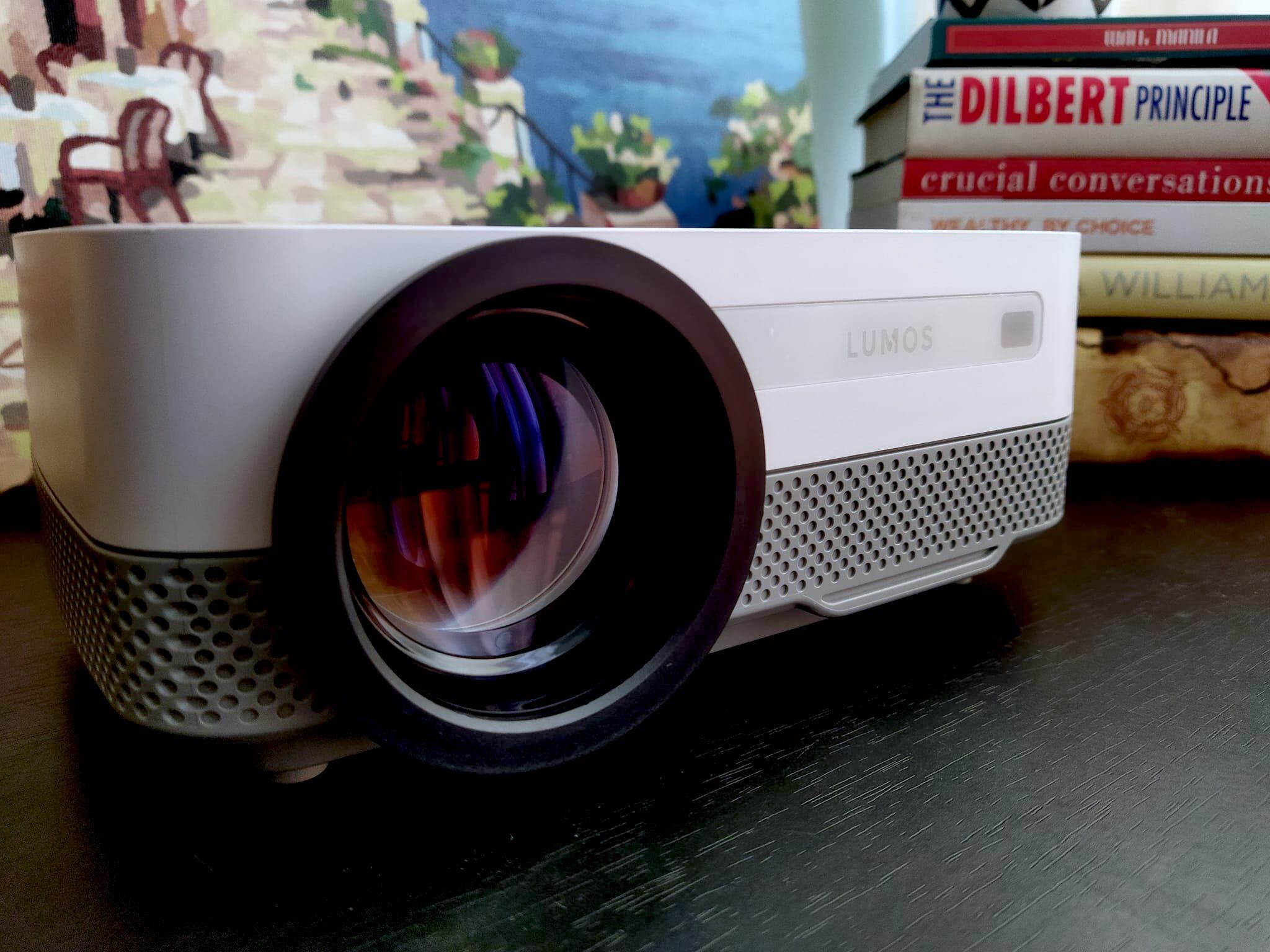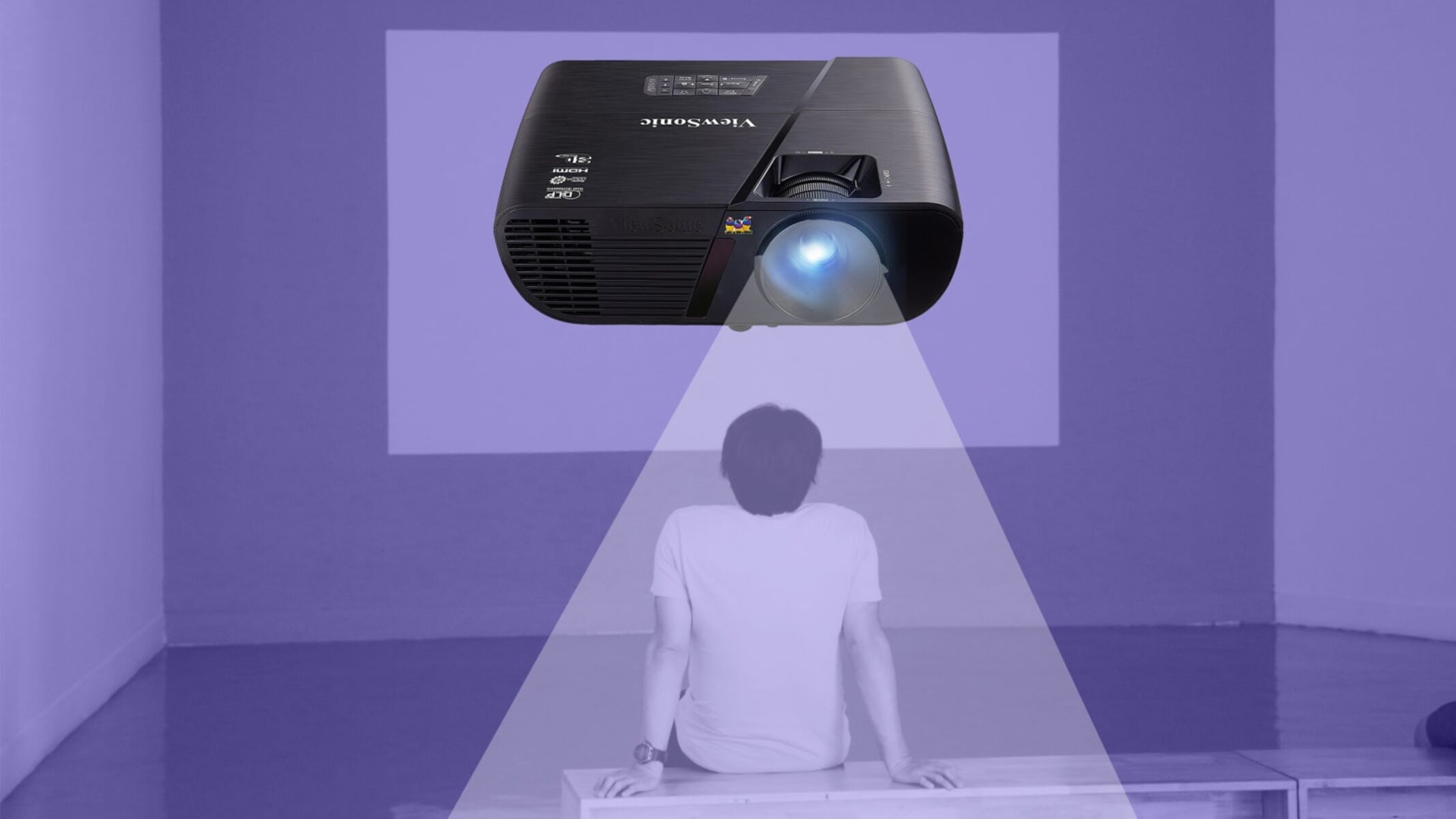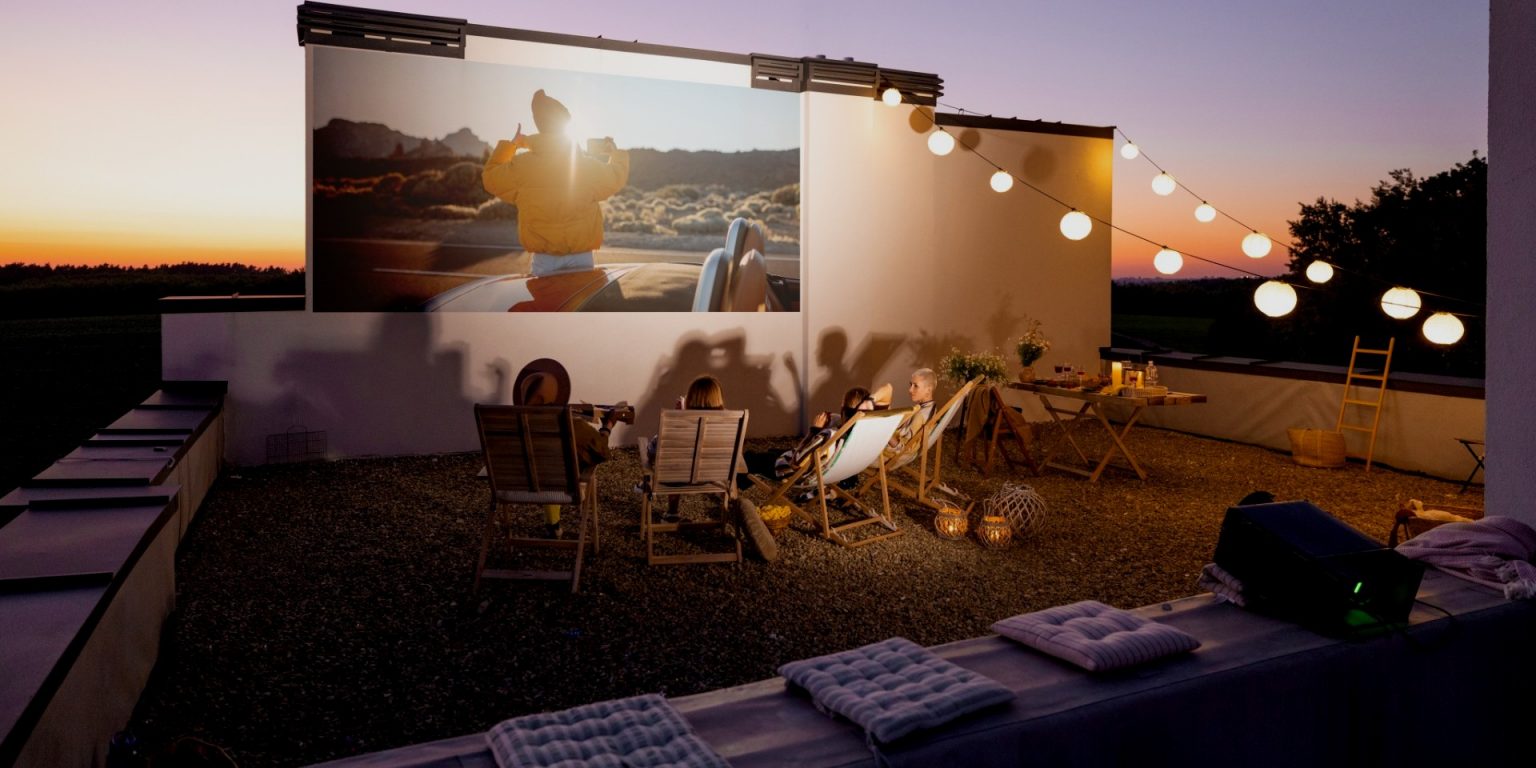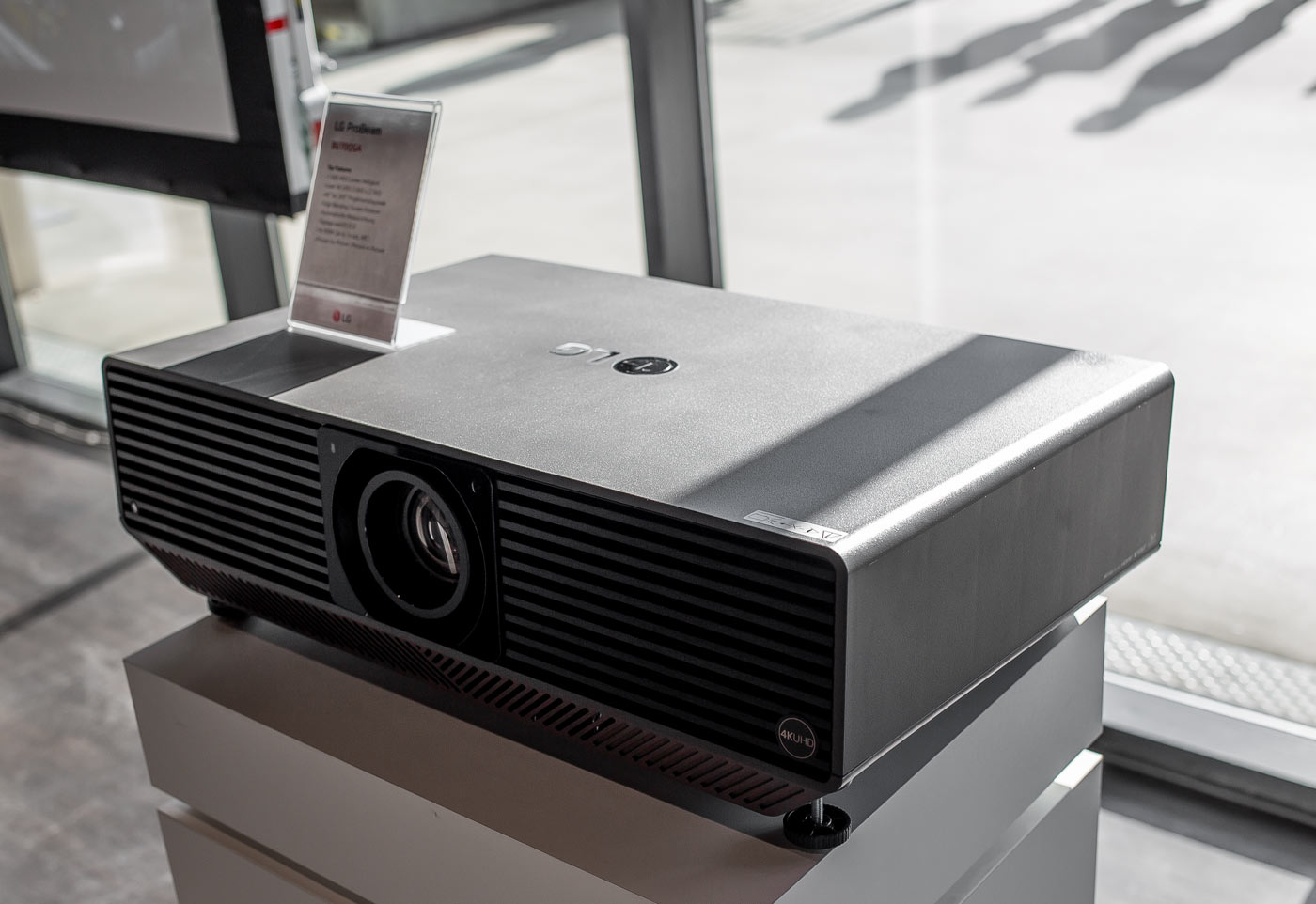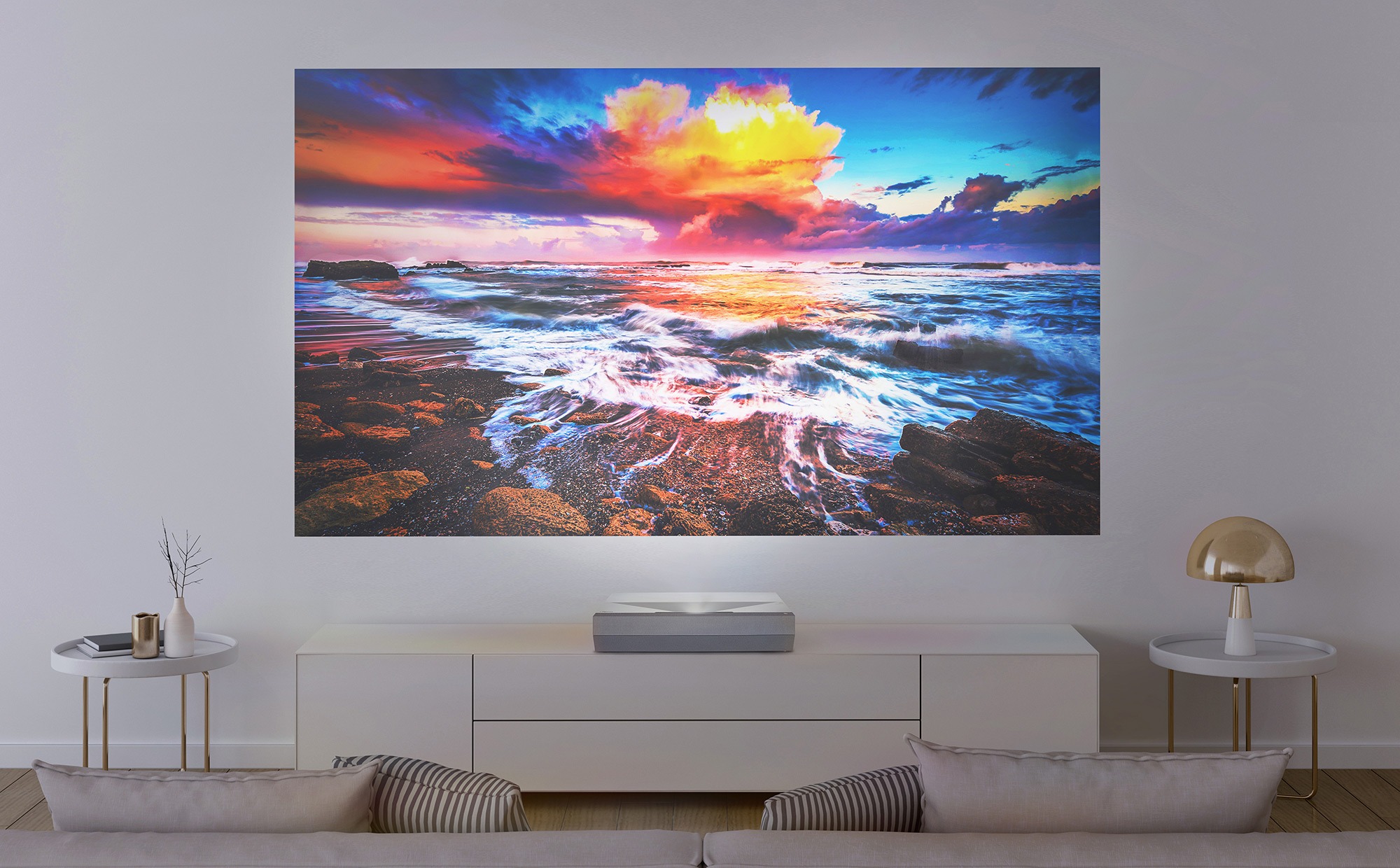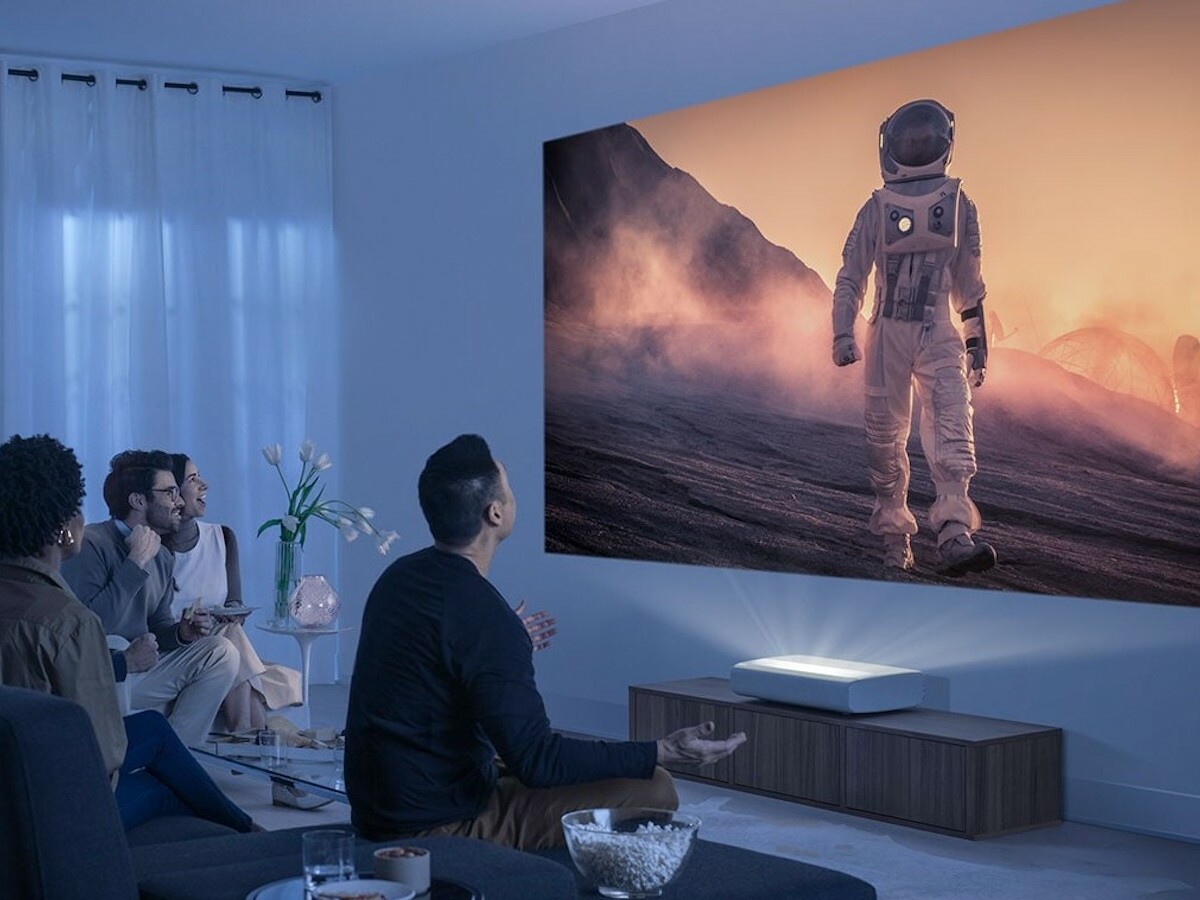Introduction
When it comes to creating an immersive home theater experience, the choice of projector is paramount. The brightness of a projector, measured in lumens, plays a crucial role in determining the quality of the viewing experience. Understanding how many lumens are needed for a home theater projector is essential for achieving optimal picture quality and overall satisfaction with your setup.
The world of home theater projectors can be overwhelming, with a myriad of technical specifications to consider. Lumens, in particular, are a critical factor that directly impacts the clarity and vibrancy of the projected images. In this comprehensive guide, we will delve into the significance of lumens for home theater projectors, the factors to consider when choosing the right lumen output, and the recommended lumens for various home theater setups. By the end of this article, you will have a clear understanding of how to select the ideal lumen count for your home theater projector, ensuring a captivating and visually stunning cinematic experience right in the comfort of your own home.
What are Lumens?
Lumens are a measurement of the total amount of visible light that a light source emits. In the context of projectors, lumens indicate the brightness of the projected image. The higher the lumen count, the brighter the projected image will be. This brightness is essential for creating a clear and vibrant picture, especially in environments where ambient light may be present.
It’s important to note that lumens measure the total output of light, regardless of the direction in which it is emitted. This means that a projector with a higher lumen count will produce a brighter image, making it suitable for larger screens or environments with more ambient light. Understanding lumens is crucial for selecting a home theater projector that can deliver an immersive viewing experience, whether it’s for movie nights with the family or for recreating the thrill of a cinematic experience within the confines of your own home.
As a consumer, being familiar with lumens allows you to make an informed decision when choosing a projector that suits your specific viewing needs. Whether you prioritize a bright, high-contrast image for your home theater or require a portable projector for various lighting conditions, understanding lumens is key to achieving the desired visual impact.
Importance of Lumens for Home Theater Projectors
The significance of lumens for home theater projectors cannot be overstated. The brightness of the projected image directly impacts the overall viewing experience, making lumens a critical factor in the selection of a home theater projector. A higher lumen count results in a brighter image, which is particularly advantageous in environments where ambient light is present. This is especially relevant for home theaters that may not have complete light control, as the ability to maintain picture clarity and vibrancy in varying lighting conditions is essential for an immersive cinematic experience.
Furthermore, the importance of lumens extends to the size of the projected image. A higher lumen output allows for a larger screen size without compromising image quality. This is particularly beneficial for home theaters with expansive screens, as it ensures that the projected image remains bright and visually engaging across the entire viewing area.
Another crucial aspect of lumens in the context of home theater projectors is the ability to reproduce vibrant colors with depth and clarity. The brightness provided by an optimal lumen count enhances the richness and saturation of colors, bringing movies, TV shows, and games to life with stunning visual detail. This is especially relevant for viewers who seek a truly immersive and captivating entertainment experience within their home theater setup.
Ultimately, the importance of lumens for home theater projectors lies in their ability to elevate the viewing experience to a level of cinematic quality. By ensuring that the projected images are bright, clear, and visually striking, the right lumen count contributes significantly to creating an immersive and captivating home theater environment that rivals traditional cinema experiences.
Factors to Consider When Choosing Lumens for a Home Theater Projector
When selecting the appropriate lumen count for a home theater projector, several key factors should be taken into consideration to ensure an optimal viewing experience.
- Room Lighting: Assess the ambient light conditions in the room where the projector will be used. If the space is not entirely light-controlled, a higher lumen count is essential to combat ambient light and maintain picture clarity.
- Screen Size: The size of the screen or projected image plays a crucial role in determining the required lumen output. Larger screens necessitate higher lumen counts to ensure consistent brightness and visibility across the entire viewing area.
- Content Type: Consider the type of content that will be predominantly viewed on the projector. For movies with dark or low-lit scenes, a higher lumen count can enhance the visibility of details, whereas brightly colored content may benefit from vibrant colors rendered by an optimal lumen output.
- Throw Distance: The distance between the projector and the screen, known as the throw distance, can impact the brightness of the projected image. Longer throw distances may require higher lumen counts to maintain brightness and clarity.
- Contrast Ratio: The contrast ratio of the projector, which determines the difference between the brightest and darkest parts of the image, should be considered alongside lumens. A balanced contrast ratio complements the lumen output for optimal image quality.
- Room Color and Décor: The color of the walls, ceiling, and overall décor of the room can influence light reflection and absorption. Lighter-colored rooms may require higher lumen counts to counteract light dispersion, whereas darker rooms may benefit from lower lumen outputs.
By carefully evaluating these factors, you can make an informed decision regarding the lumen count that best suits your specific home theater setup. Understanding the interplay between these considerations and the lumen output is crucial for achieving an exceptional viewing experience that meets your visual preferences and environmental conditions.
Recommended Lumens for Different Home Theater Setups
The ideal lumen count for a home theater projector varies based on the specific setup and viewing environment. Here are recommended lumen ranges for different home theater setups:
- Dedicated Home Theater Room: For a dedicated home theater with complete light control, a lumen range of 1500 to 2500 is recommended for a truly immersive cinematic experience. This range ensures vibrant colors and sharp details, even on larger screens, without being impacted by ambient light.
- Living Room or Multi-Purpose Space: In spaces where ambient light is more challenging to control, a lumen range of 2500 to 3500 is preferable. This higher output compensates for ambient light, allowing for an enjoyable viewing experience without compromising picture quality.
- Outdoor Home Theater: For outdoor setups, where ambient light and screen size can pose unique challenges, a lumen range of 3500 to 5000 is recommended. This higher output accommodates larger screens and varying ambient light conditions, ensuring a bright and captivating outdoor cinematic experience.
- Portable Projectors: Portable projectors used in diverse environments benefit from a lumen range of 1000 to 1500. This range strikes a balance between brightness and portability, catering to varying lighting conditions while maintaining a compact form factor.
- Gaming Environments: For gaming setups, a lumen range of 2000 to 3000 is suitable, providing vibrant visuals and clarity for an immersive gaming experience. The higher lumen count enhances the visual impact of games, especially in environments with controlled lighting.
These recommended lumen ranges serve as valuable guidelines for tailoring the brightness of the projected image to the specific requirements of different home theater setups. By aligning the lumen output with the viewing environment and intended usage, you can ensure an optimal visual experience that brings your entertainment to life with striking clarity and vibrancy.
Conclusion
Understanding the role of lumens in home theater projectors is pivotal in creating a captivating and immersive viewing experience. The brightness of the projected image, as determined by the lumen count, directly influences the clarity, vibrancy, and overall visual impact of the content being viewed. By considering factors such as room lighting, screen size, content type, throw distance, contrast ratio, and room color and décor, individuals can make informed decisions when selecting the ideal lumen count for their home theater projector.
Furthermore, the recommended lumen ranges for different home theater setups provide valuable insights into tailoring the brightness of the projected image to suit specific viewing environments and usage scenarios. Whether it’s a dedicated home theater room, a multi-purpose living space, an outdoor setup, or a gaming environment, the right lumen output enhances the visual quality and ensures an exceptional viewing experience.
Ultimately, the significance of lumens for home theater projectors lies in their ability to elevate the enjoyment of movies, TV shows, games, and other content to a level that rivals traditional cinema experiences. By leveraging the knowledge of lumens and their impact on picture quality, individuals can curate home theater setups that deliver stunning visuals, vibrant colors, and captivating detail, all within the comfort of their own homes.
As technology continues to advance, the understanding and application of lumens in home theater projectors will remain integral to the pursuit of an unparalleled viewing experience. By staying informed about the role of lumens and leveraging recommended lumen ranges, individuals can embark on a visual journey that transcends the ordinary, bringing the magic of cinema into their personal spaces with unparalleled brilliance and clarity.










